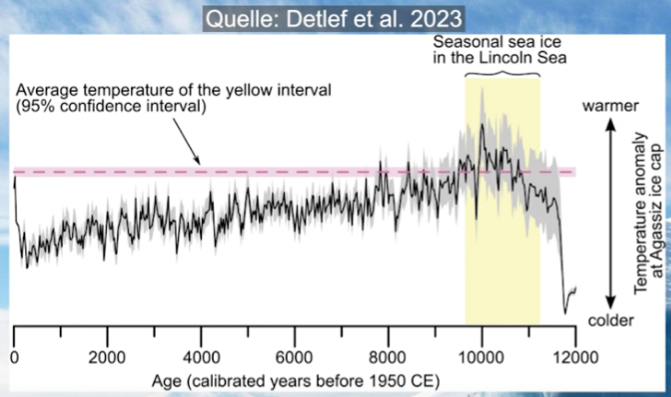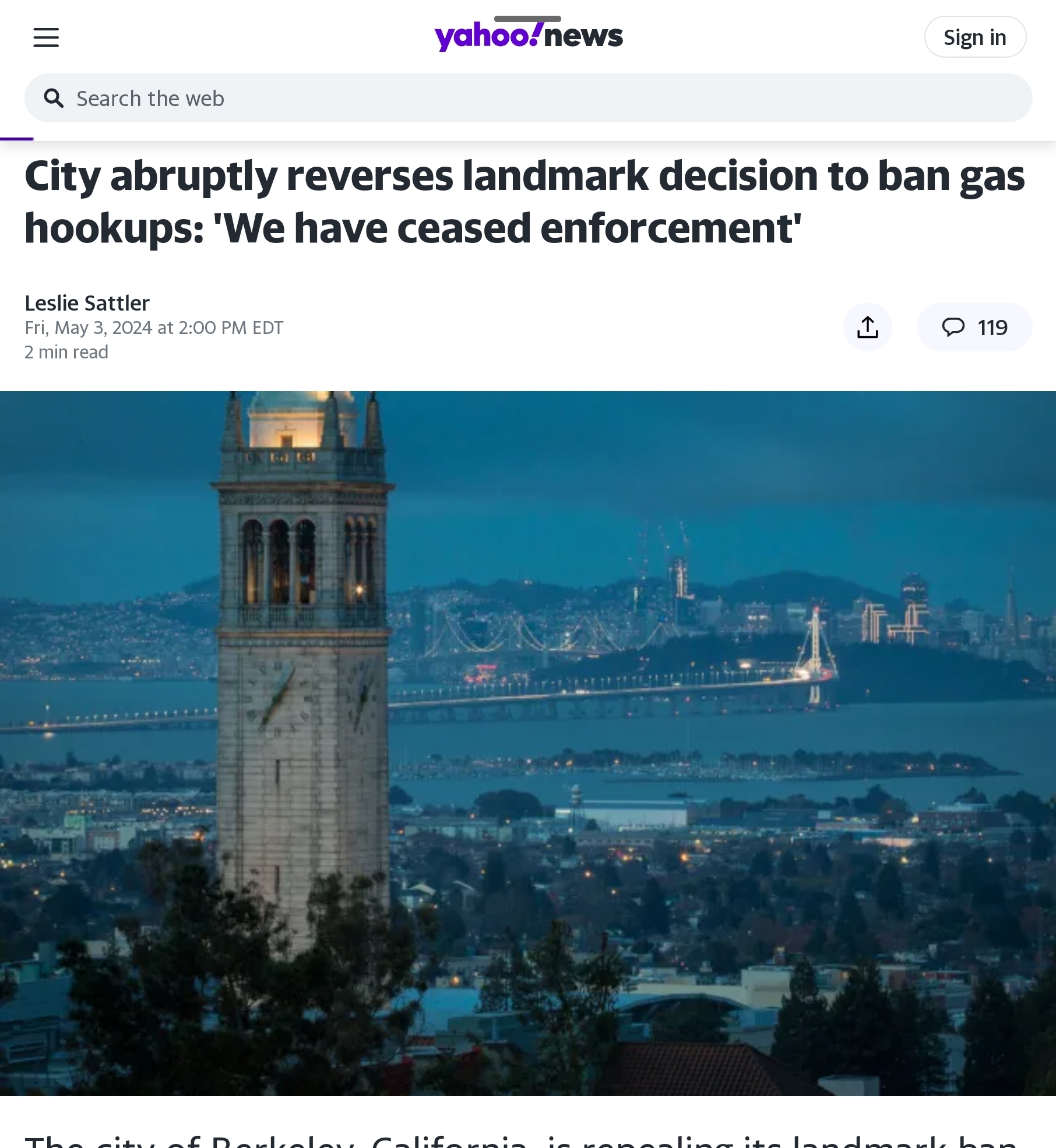You will never guess, not only does no one care if carbon credits don’t cut carbon emissions, but hardly anyone cares if so called climate money is even spent on the climate. As many as 66% of climate projects funded by the developed world have nothing to do with “climate vulnerability”.
It’s the bragging game — politicians want to make out they are doing a lot for the climate, but there’s barely any accountability to check whether they get value for money (how many thousandths of a degree did that policy cool the world by?) So they inflate their spending promises by claiming random other projects are “climate projects” or they use accounting trickery.
University of Zurich’s Axel Michaelowa, who studies climate aid grants, found “there was a huge misrepresentation. Governments were actually really not able to report properly” on aid that was supposed to help countries reduce carbon dioxide emissions.
His study, conducted on specific climate grants four years ago, showed a list of “projects without any conceivable climate change connotation,” such as Belgium funding for a “love movie festival” in the early 2000s in Africa, a U.S.-funded study on Savannah elephant sounds, and uniforms for park guardians in Central America with aid from Spain.
For their website Adaptation Watch, Weikmans and Brown University environmental studies professor Timmons Roberts studied 5,201 projects mentioned by developed nations and found that 3,444 of them “did not explicitly link project activities to addressing climate vulnerability,” Weikmans said.
Yet again, another aspect of the climate facade is just fluff.
The OECD say $62 billion is being spent, India reckons the real number is $1 billion.
Simon Buckle of the Organization for Economic Co-operation and Development (OECD), wrote a report, tallying how much of the $100 billion-a-year target has been pledged. It’s about $62 billion a year as of 2014, his report said.
India, however, looked at the same report said the real number was probably less than $1 billion a year. It issued a report of its own calling the OECD document full of “inflated numbers.”
In an interview with the AP, Indian Environment Minister Prakash Javadekar dismissed the OECD report as “a double-counting exercise.” He said actual climate finance flowing to developing countries was much smaller.
There’s a big difference between 62 and 1. Prof Timmons Roberts tried to pin it down and guesses the range is $20 – $30b. Who knows?
Wait and see if the Greens howl about this. It’s not actual temperatures, or actual emissions, but it is actual money. That might be close enough to home to matter. Kudos to Oxfam International for at least trying to track this.
But again, the hypocrisy shows, when Japan and Australia count funding to build more efficient coal power, which does really lower emissions. But coal is the enemy, so bizarrely, while Savannah Elephant Sounds counts as climate spending for a bragging government, yet in activist world, a 15% reduction in real emissions does not. Is CO2 the biggest threat to the planet? Not as big a threat as an industry that doesn’t need government support.
Billions in climate aid pledges have ‘wild west’ accounting, Seth Borenstein and Karl Ritter




